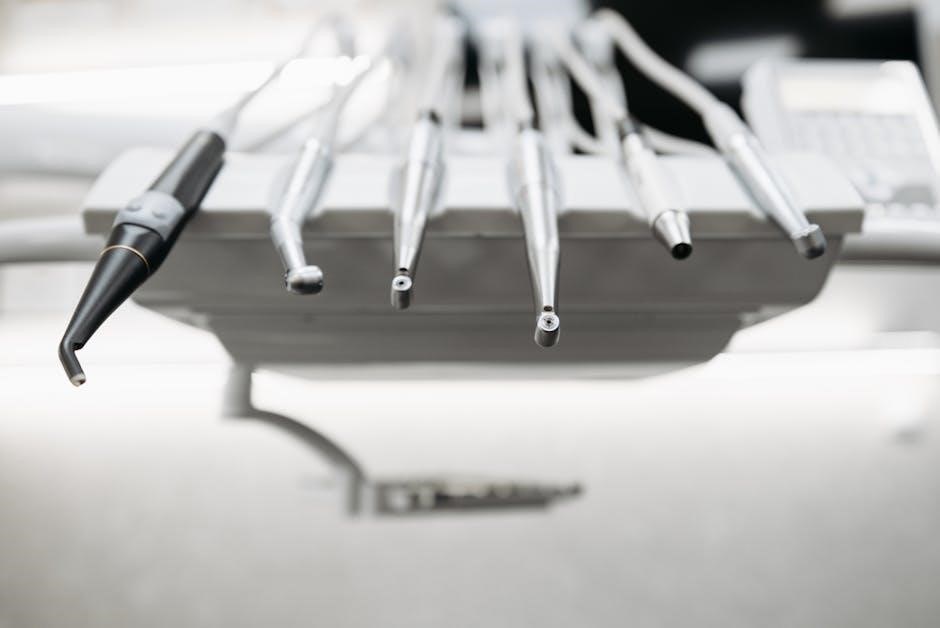The introduction to basic surgical instruments includes
- various tools
used in medical procedures, with a focus on 54 essential instruments, as described in online pdf documents and guides, for medical professionals.
Importance of Understanding Surgical Instruments
Understanding surgical instruments is crucial for medical professionals, particularly surgical technologists, as it ensures effective and safe patient care. A comprehensive knowledge of these instruments enables professionals to identify and use the correct tools for various procedures. The internet provides numerous resources, including pdf documents and guides, that list and describe the 54 basic surgical instruments used in medical settings. These resources serve as a reference for identifying and understanding the basic tools used in surgery. By familiarizing themselves with these instruments, medical professionals can improve their performance and reduce the risk of errors during surgical procedures. Furthermore, understanding surgical instruments is essential for maintaining a sterile and organized operating room environment, which is critical for patient safety and successful outcomes. Overall, the importance of understanding surgical instruments cannot be overstated, and it is essential for providing high-quality patient care. Medical professionals must stay up-to-date with the latest information on surgical instruments to provide optimal care.
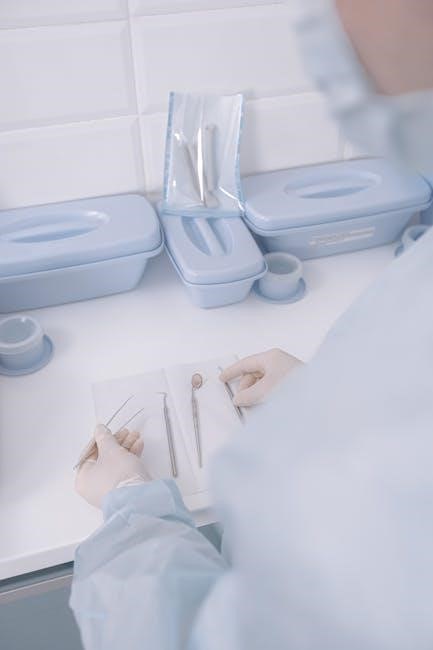
Classification of Surgical Instruments
Surgical instruments are categorized into groups based on their functions, including cutting, dissecting, and retracting, as outlined in online
- resources
and pdf guides for medical professionals always.
Types of Forceps Used in Surgery
Forceps are a crucial part of surgical instruments, with various types used in medical procedures, including Allis, Babcock, and Debakey forceps, as listed in online pdf documents and guides. These forceps have distinct features, such as finger rings, ratchets, and jaws, which enable surgeons to grasp and hold tissues and objects during surgery. The
- classification
of forceps into ratcheted and non-ratcheted categories helps medical professionals choose the right instrument for specific surgical tasks. Additionally, forceps like Lane tissue forceps and Littlewoods forceps are designed for specific purposes, such as handling tissue or removing objects from the body. Understanding the different types of forceps and their applications is essential for surgical technologists and medical professionals to ensure effective and safe surgical procedures. By referring to online resources and
- guides
, medical professionals can gain a deeper understanding of the various forceps used in surgery and their importance in medical procedures. This knowledge is vital for providing quality patient care and achieving successful surgical outcomes.
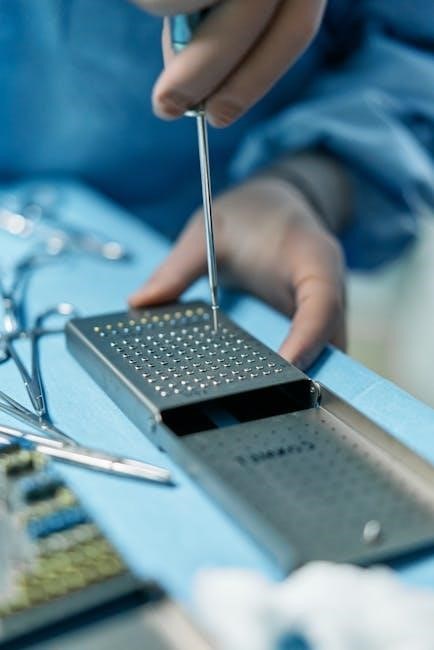
Cutting and Dissecting Instruments
Scalpels and scissors are used for cutting and dissecting, with various types like Metzenbaum and Mayo
- instruments
available for medical procedures.
Scissors and Their Applications in Surgery
Scissors are a crucial part of the 54 basic surgical instruments, with various types designed for specific applications in surgery, including Mayo and Metzenbaum scissors, which are used for cutting and dissecting tissues.
These scissors are typically made of high-quality stainless steel and are available in different sizes and shapes to suit various surgical procedures.
The use of scissors in surgery requires great precision and care, as they can cause damage to surrounding tissues if not used properly.
Surgeons and surgical technologists must be familiar with the different types of scissors and their applications in order to ensure safe and effective use.
Online resources, such as pdf documents and guides, provide detailed information on the different types of scissors and their uses in surgery, helping medical professionals to stay up-to-date with the latest techniques and instruments.
By understanding the applications of scissors in surgery, medical professionals can improve patient outcomes and reduce the risk of complications.
Scissors are an essential tool in the operating room, and their proper use is critical to the success of surgical procedures.
They are used in a variety of surgical specialties, including general surgery, orthopedic surgery, and neurosurgery.
The development of new scissors and techniques continues to evolve, with a focus on improving patient safety and outcomes.
Medical professionals must stay current with the latest advancements in scissors and their applications in surgery.
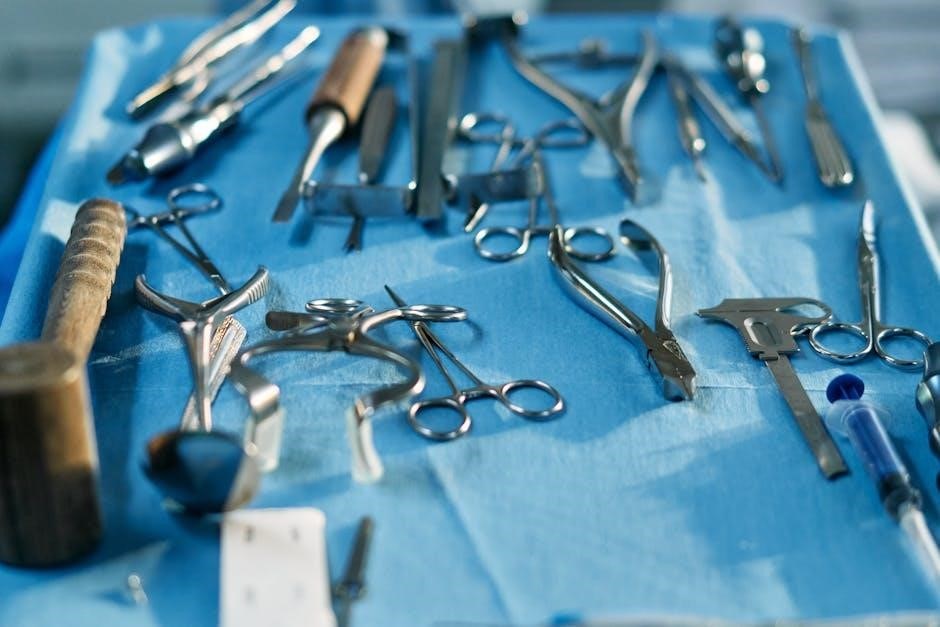
Retractors and Their Uses in Surgical Procedures
Retractors are used in surgical procedures to expose tissues and improve visibility, as listed in the 54 basic surgical instruments pdf guide, for medical professionals to reference and use.
Needle Holders and Other Essential Instruments
Needle holders are crucial instruments in surgical procedures, used to grasp and manipulate needles, as described in the 54 basic surgical instruments pdf guide. These instruments are designed to provide a secure grip on the needle, allowing for precise control and movement. Other essential instruments, such as tissue forceps and scalpels, are also included in the guide, providing a comprehensive overview of the tools needed for various medical procedures. The pdf document lists and categorizes these instruments, making it easier for medical professionals to reference and use them. The guide also includes images and detailed descriptions of each instrument, including needle holders, to help with identification and understanding of their uses. By including these essential instruments, the guide provides a valuable resource for medical professionals, helping to ensure that they have the necessary tools to perform their duties effectively. The 54 basic surgical instruments pdf is a valuable resource for anyone involved in the medical field.
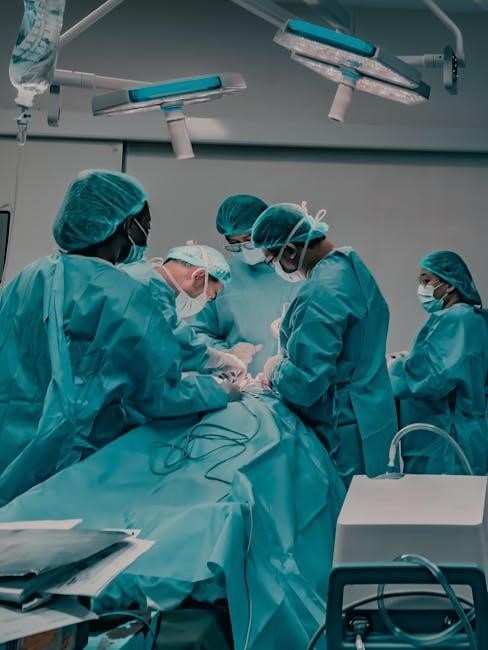
Comprehensive List of 54 Basic Surgical Instruments
The list includes instruments for cutting, dissecting, and retracting, as outlined in the 54 basic surgical instruments pdf guide online for medical professionals to reference and use effectively always.
Images and Descriptions of Medical Uses for Each Instrument
The 54 basic surgical instruments pdf guide provides detailed images and descriptions of each instrument, allowing medical professionals to understand their specific uses and applications in various medical procedures.
The guide includes a comprehensive list of instruments, complete with high-quality images and detailed descriptions of their medical uses, making it an essential resource for surgical technologists and other medical professionals.
The images and descriptions are organized in a clear and concise manner, making it easy for users to navigate and find the information they need quickly and efficiently.
The guide covers a wide range of instruments, including forceps, scissors, and retractors, and provides information on their uses in different medical specialties, such as general surgery, orthopedic surgery, and neurosurgery.
The images and descriptions are also accompanied by detailed information on the proper care and maintenance of each instrument, ensuring that medical professionals can use them safely and effectively.
Overall, the 54 basic surgical instruments pdf guide is a valuable resource for medical professionals, providing them with the information they need to understand and use surgical instruments effectively.
The guide is available online and can be easily accessed by medical professionals, making it a convenient and useful tool for those in the medical field.
The images and descriptions provided in the guide are accurate and up-to-date, ensuring that medical professionals have the most current information available.
The guide is also a useful resource for medical students, providing them with a comprehensive understanding of surgical instruments and their uses.
The 54 basic surgical instruments pdf guide is a valuable resource for anyone involved in the medical field, providing them with the information they need to understand and use surgical instruments effectively and safely.
